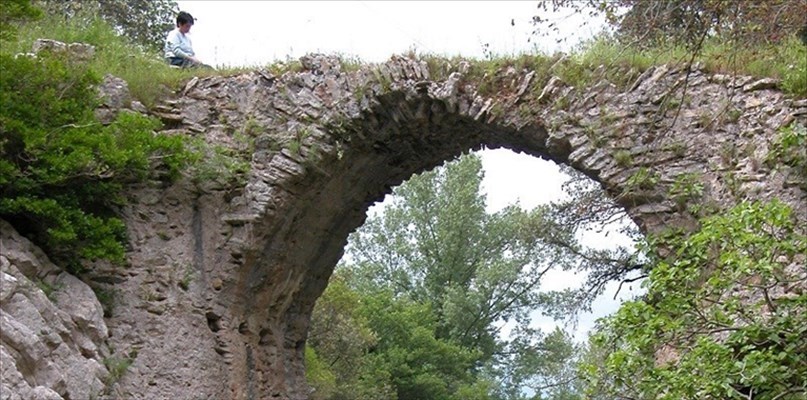Felitto: just modulating this word, weighing it between the palate and the lips, evokes the hypnotic flow of the waters of the Gole del Calore and the unmistakable flavor of fusillo. It suggests visions of the famous festival, which takes place from the first half of August onwards, for about ten days, recommends caution not to fall into clichés and not to reduce everything to a trite and coarse oleography.
The summer has already closed for a while in Felitto, taking away its train of stories, summer stories and good results. A ritual destination for Felittesi and tourists, coming from all over Italy and sometimes even the world, Felitto has always been one of the symbolic villages of the Cilento summer. Standard and traditional banner, in its purest and atavistic meaning, represents one of the last bastions of the most genuine and no-frills Cilentanity.
But Felitto does not live by fusillo alone: it is also an oasis, a medieval village and a treasure chest of nature and unspoiled views, and the Gorges represent a real quid capable of satisfying the needs of any type of user: after all, one thing does not exclude the other and it is good to focus on all the nuances of enhancement. Tourist flows seem to respond quite well, also thanks to various formulas such as the various “Weekends in the Gorges of Calore”, real tourist packages that welcome tourists from all over the world, arrange them in the various Felittese bed and breakfasts and guide them visiting the historic center. The historic center of Felitto, medieval bulwark and imposing defense institute, is to be explored and enhanced, and we are trying to do so, especially in autumn with the homonymous festival set in it (this summer the historic center was also the theater of “Tradizioni in Mostra”, a new initiative on the occasion of the festivities of San Vito Martire). The tour package of the Gorges also includes the tasting of the monocultivar “Rotondella” extra virgin olive oil, Three Leaves Gambero Rosso, the Marco Rizzo Farm and the Slow Food Presidium. Organic breakfasts with local products, fusillo production workshops, trekking on regenerative paths and excursions are provided. As for the “alternative” use of the Gorges, the influx of neighboring villages seems to respond well to the initiative, in vogue for some years, of the night excursion by pedal boat on the night of shooting stars. The tourist package also combines, as regards the evening activity, evenings organized by the Youth Forum in the Municipal Swimming Pool of the country or by the various clubs and bars. There is one thing to say: the Felittese summer, often lacking in initiatives (if not the Augustan festival and religious festivals) should experience a new “spring” (forgive me the “seasonal” pun), a little of movement and ripple in waters that are often somewhat stagnant and murky. Anyone can find out. If nothing else, the young people of Felittese, forced to take their cars and “emigrate” to Castel San Lorenzo or Roccadaspide to see some more different faces, might feel the need to spend a few more evenings in their country. It is hoped to be able to make the Felittese summer more and more full-bodied, varied and captivating, combining together the joint efforts of institutions and individuals.
As for the fusillo, it deserves a separate phenomenology, to illustrate its history to those who do not know it.
Legend has it that the women of Felitto first learn to make fusilli and then to walk. Perhaps this is not the case, but it is certainly true that the art of making the famous pasta with one’s own hands is an art that is learned by women from an early age. But what is the recipe for this special type of pasta, to which the famous Fusillo Festival is dedicated in August? First of all, Felittese fusillo is a particular type of fresh egg pasta, and to make it you need to use a particular underwire, because the fusillo has a hole inside and it is very difficult to correctly remove the fusillo from the underwire without breaking or damaging it. . It is necessary to obtain durum wheat semolina flour, from six to eight eggs (for a kilo of fusilli), salt, a few tablespoons of extra virgin olive oil to grease your hands while shaping the dough to keep it from sticking, and a little water (even if there is an ongoing dispute about the latter ingredient, between who approves it and who does not). It is necessary to arrange the flour on the special “scannaturu”, that is a wooden shelf or surface, and form a common fountain with eggs, salt and incorporate the flour. The secret lies in the dough, in the homogeneous modeling and forming a nice dough to let it rest for a few hours: from the dough it will be necessary to detach some pieces and “cinguliare”, that is to shape every single piece by inserting the underwire

